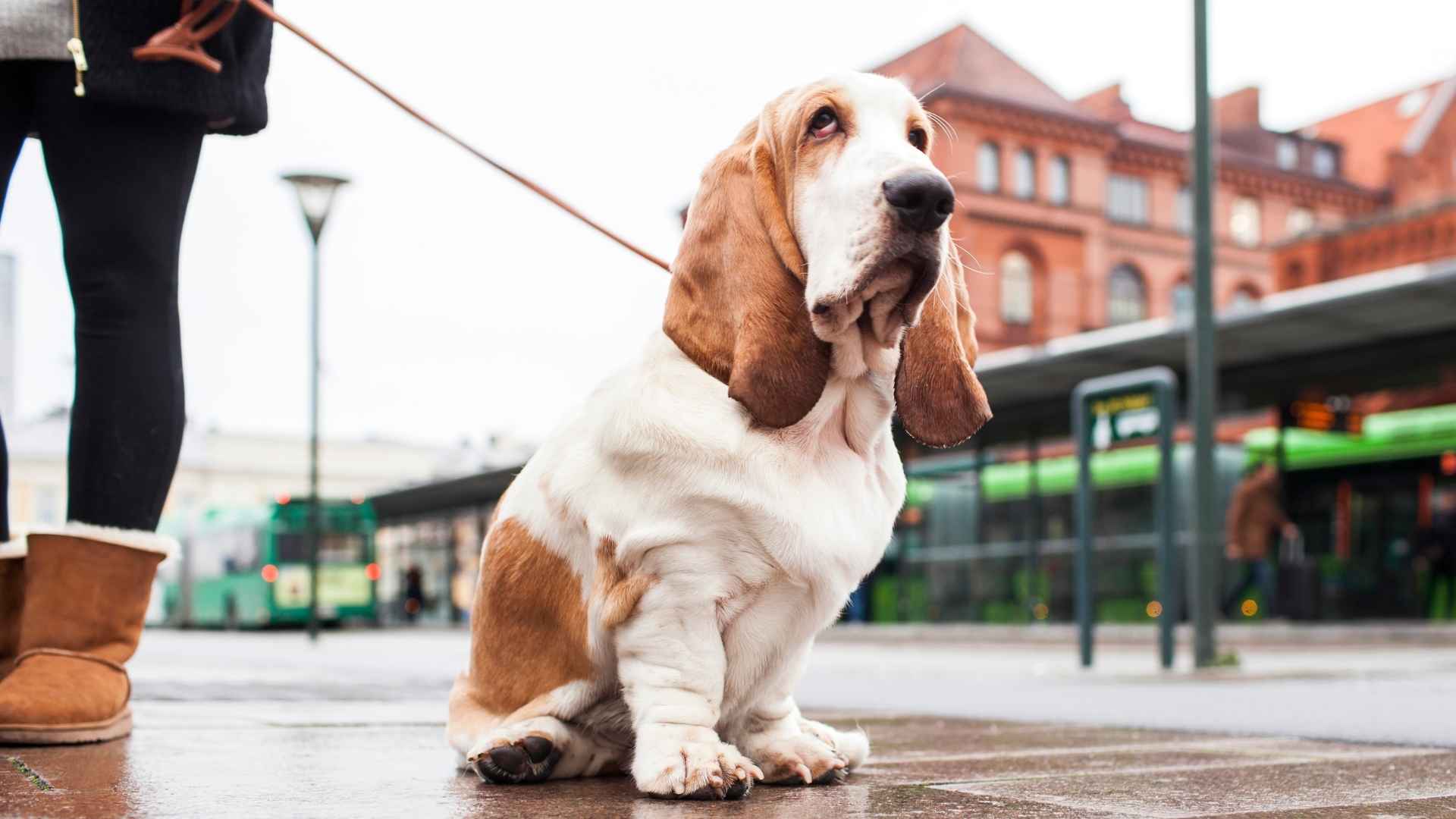What if your dog didn’t bark at every sound? What if they weren’t startled by skateboards, sirens, or elevators? What if your walks felt peaceful, even on the busiest streets?
For city dwellers, these aren’t small questions. They define the experience of dog ownership. Urban life is full of new people, strange noises, and tight spaces. Some dogs react to it all. Others observe, pause, and move forward without a fuss.
If you’re living in a high-rise or navigating crowded sidewalks, your dog’s reaction level can shape your day. You don’t want to manage anxiety—you want to enjoy companionship. Thankfully, there are breeds known for staying level-headed in chaotic environments.
In this guide, we’ll introduce low-reaction dog breeds that naturally adapt to the unpredictable pace of the city. These dogs don’t just live in the city—they make it easier to love.
Low-Reaction Dog Breeds For City Life
1. Greyhound
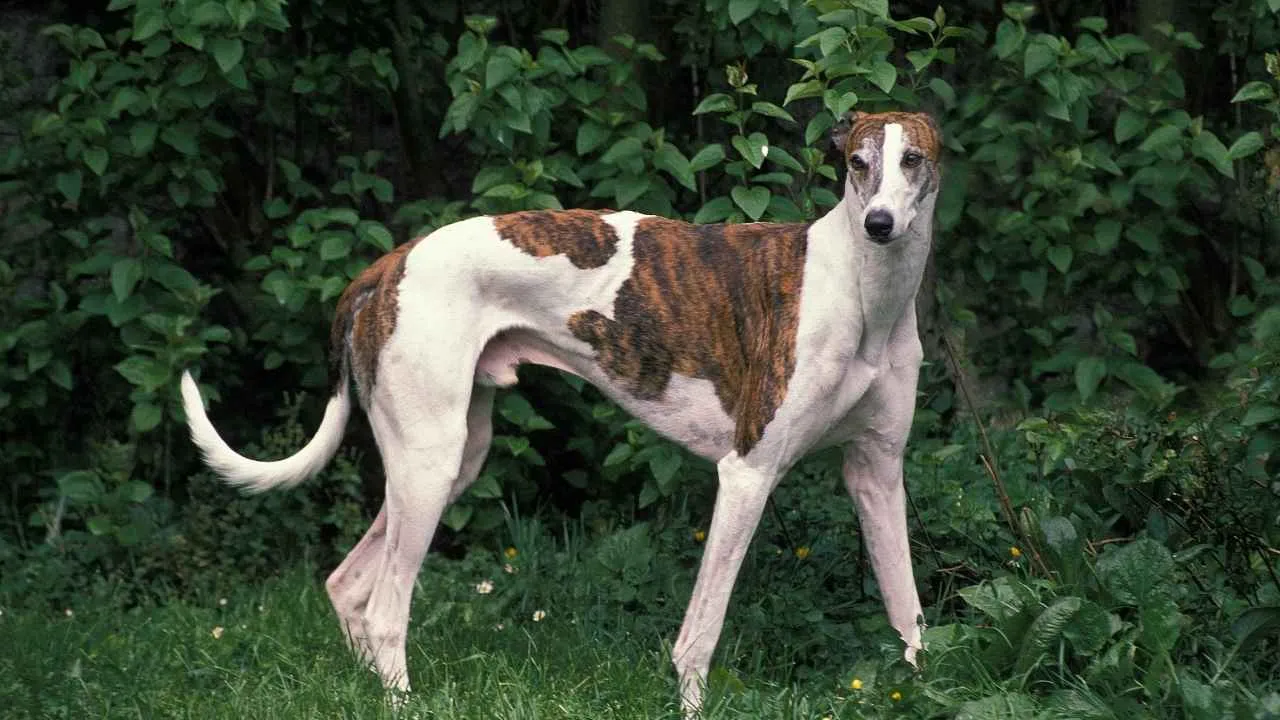
Greyhounds are known for their low reactivity to both environmental and social triggers. They don’t startle easily from sirens, traffic, or sudden loud sounds. Their natural temperament makes them unusually calm for high-density urban settings.
Low-Energy Indoors, High-Speed Outdoors
Though capable of intense sprints, they often prefer lounging for most of the day, as per the Showsight Magazine. They conserve energy indoors and require only short walks to stay balanced. This duality makes them ideal for apartment living, especially in compact spaces.
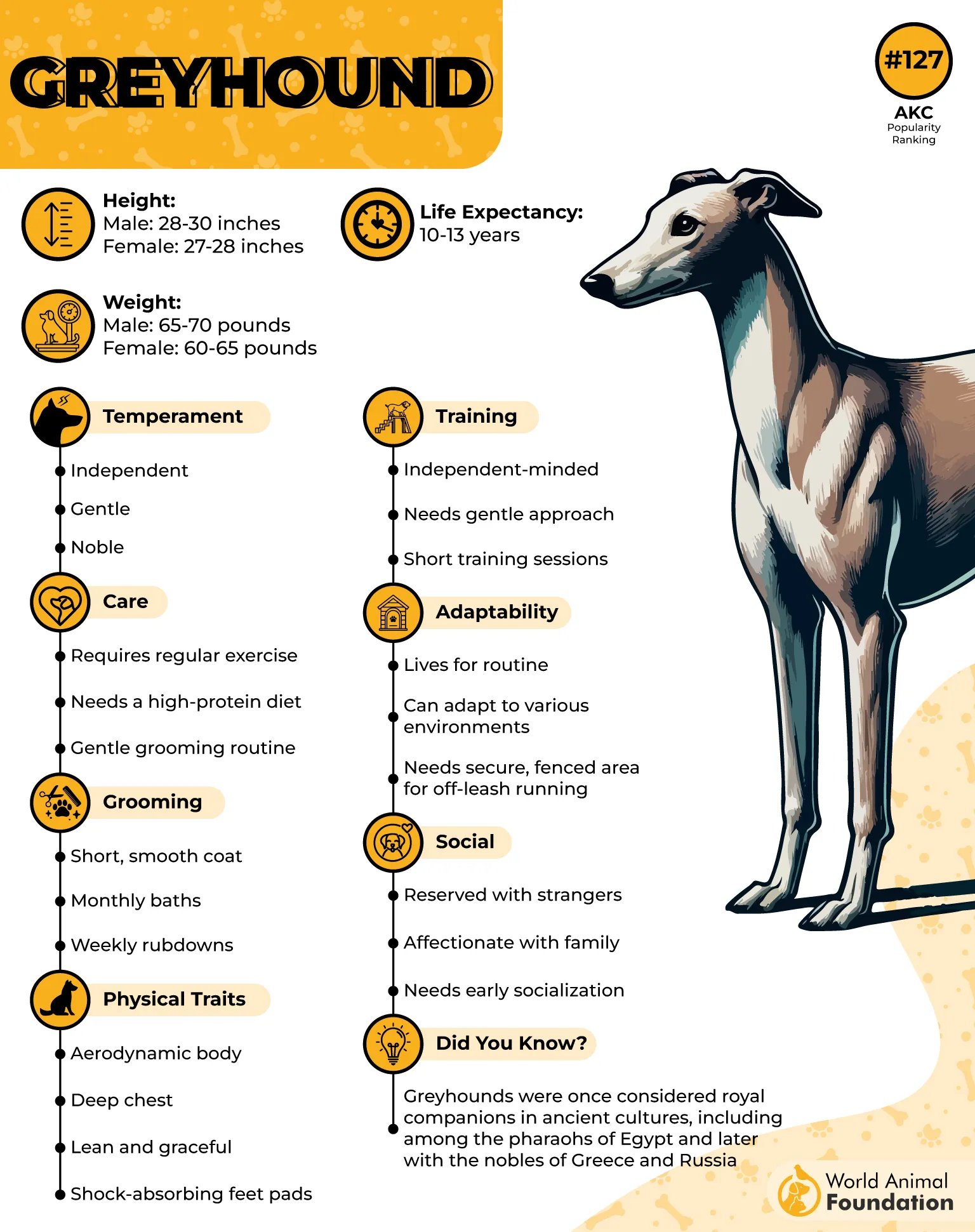
Quiet and Social Without Clinginess
They typically stay quiet even when unfamiliar people or other dogs pass nearby. Greyhounds tend to observe more than react, avoiding conflict and chaos. Their body language remains soft, with little barking or hyper-alert behavior.
Clean, Predictable, and Easy to Care For
With short coats, minimal shedding, and no excessive drooling, they’re naturally low maintenance. Most owners mention that they rarely need professional grooming beyond basic hygiene. Their neat habits and sensitivity to household routines help them blend effortlessly into daily life.
2. Cavalier King Charles Spaniel
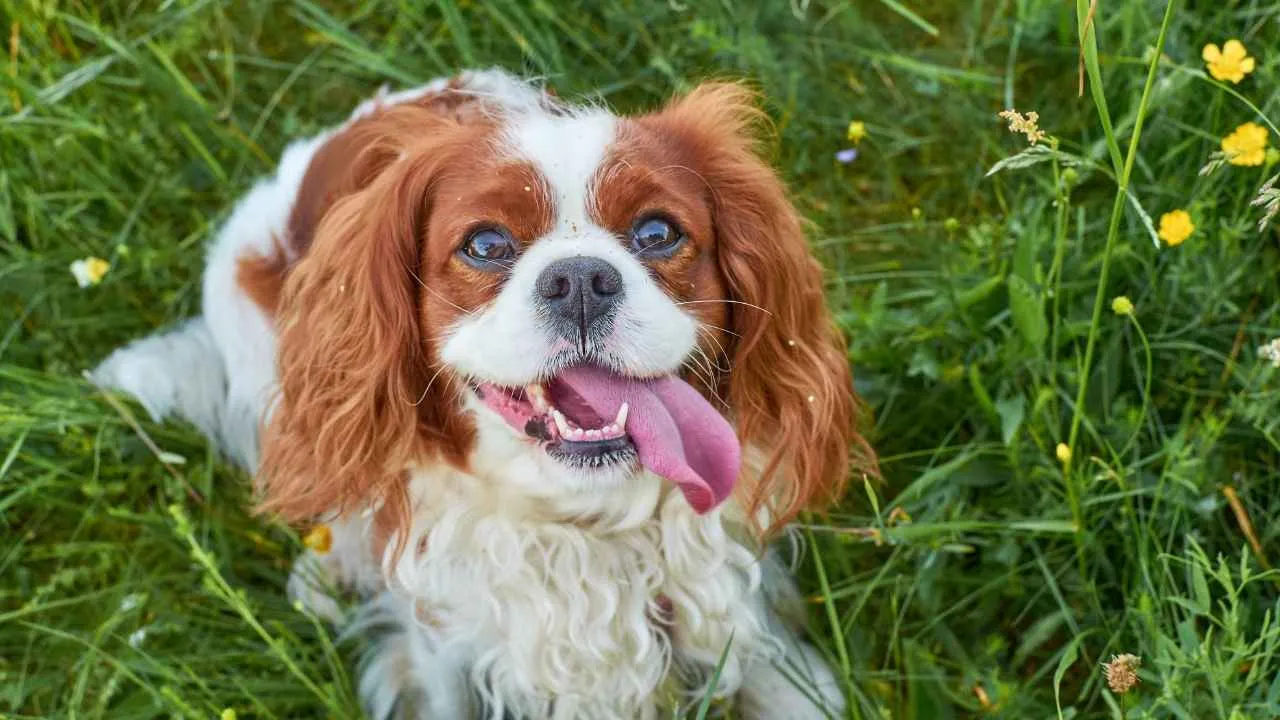
This breed adjusts easily to changing indoor routines and is rarely overstimulated by noise. They remain calm even around city traffic, unfamiliar faces, or busy hallways. This steady behavior allows them to settle quickly into tight living spaces.
Quiet Companions That Stay Close
Cavaliers often remain close without demanding constant attention or reacting to every movement. They rarely bark unless genuinely alert and don’t chase after distractions easily. Their presence is gentle and suited to relaxed, structured households.
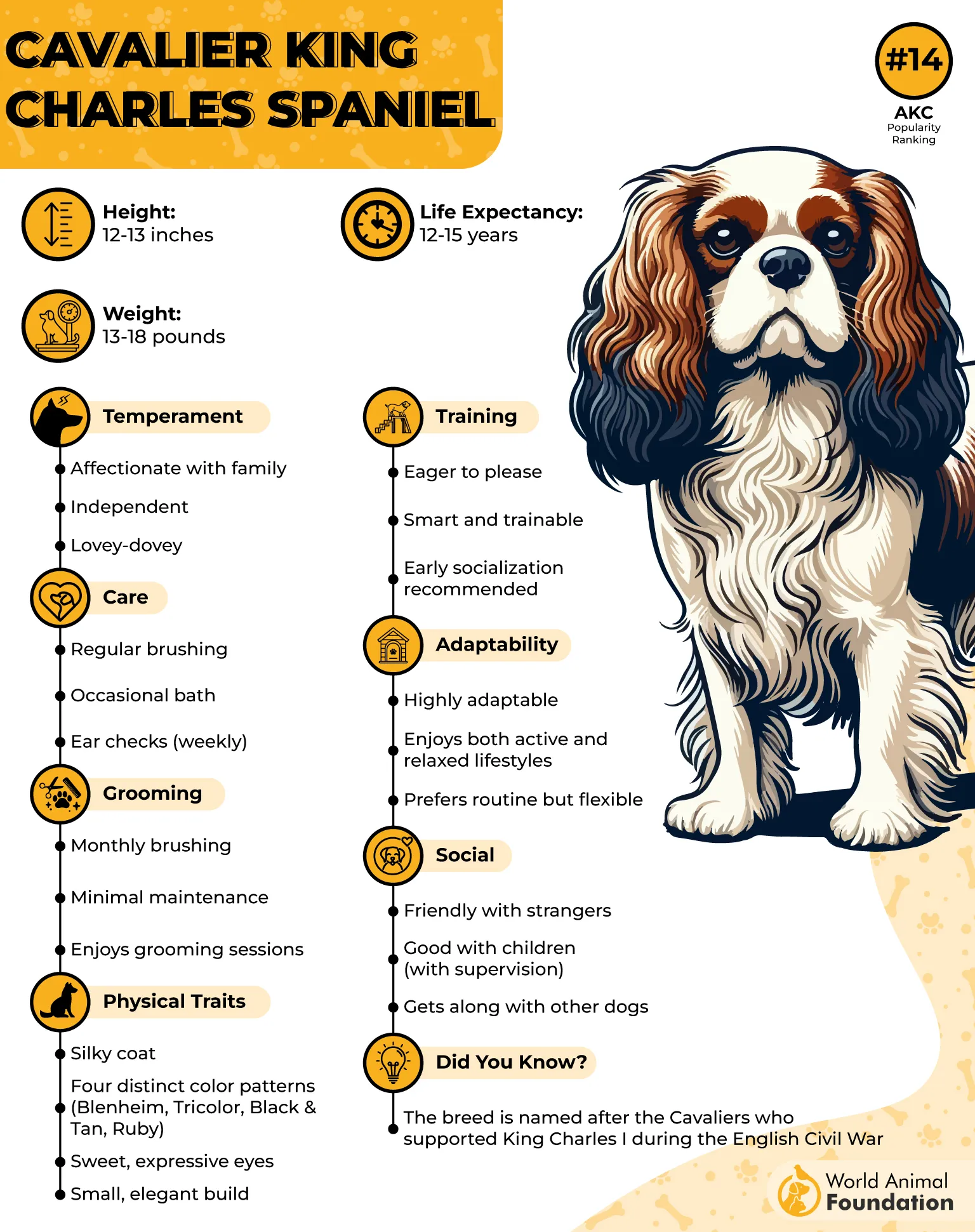
Well-Mannered in Shared Spaces
They’re sociable and respond well to being around neighbors, children, and other pets in elevators or courtyards. Their temperament is rarely defensive, and they don’t display excessive territorial behaviors. This makes them one of the best apartment dogs available today.
Easy to Manage in Daily Life
Cavaliers require regular grooming but are otherwise easygoing with their routines and handling, as Petplan stated. As part of the small dog breeds category, they’re often preferred by city dwellers with limited space. Their temperament and needs align well with low-intensity lifestyles.
3. French Bulldog
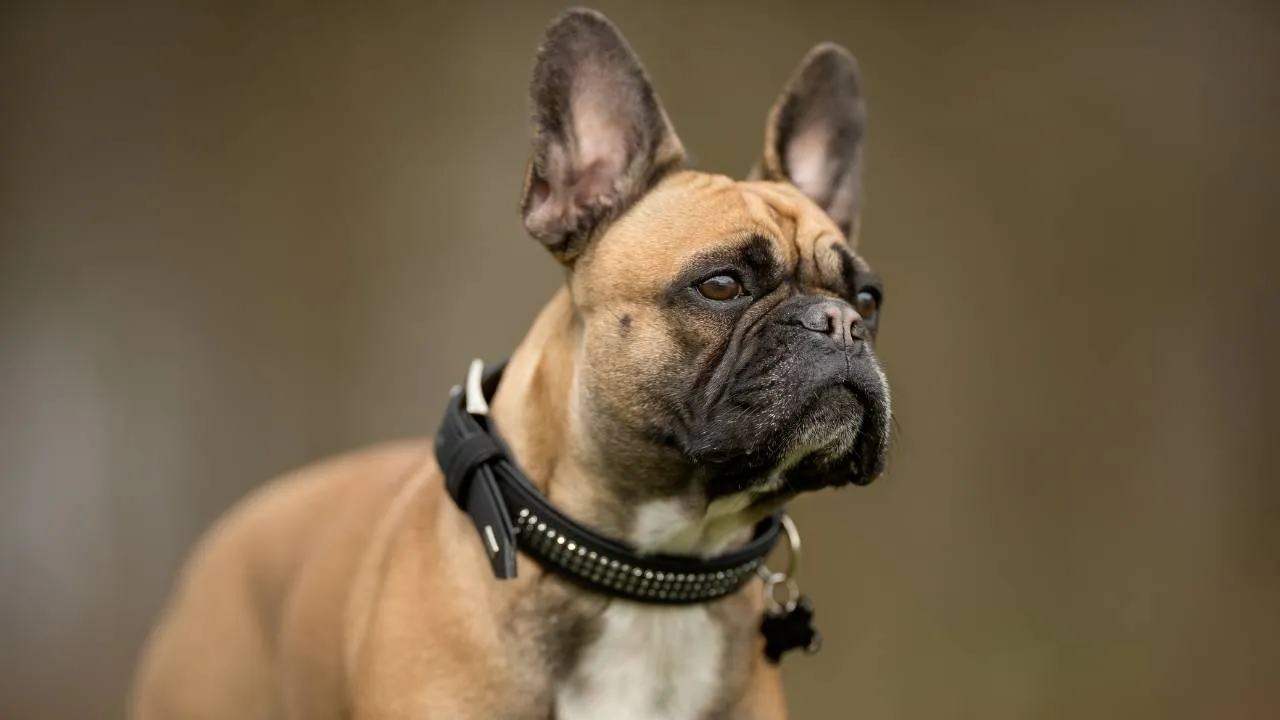
French Bulldogs are known for their low energy spikes and steady reactions to noisy, unpredictable city surroundings. They generally remain calm when exposed to traffic, doorbells, or street sounds. This tolerance makes them dependable in busy households and apartment corridors.
Ideal Indoor Behavior
They enjoy being indoors for long stretches and prefer small spaces over large open areas. These dogs adapt comfortably to daily human rhythms, with no need for excessive stimulation. Most dog owners report that their routines are slow, predictable, and easy to manage.
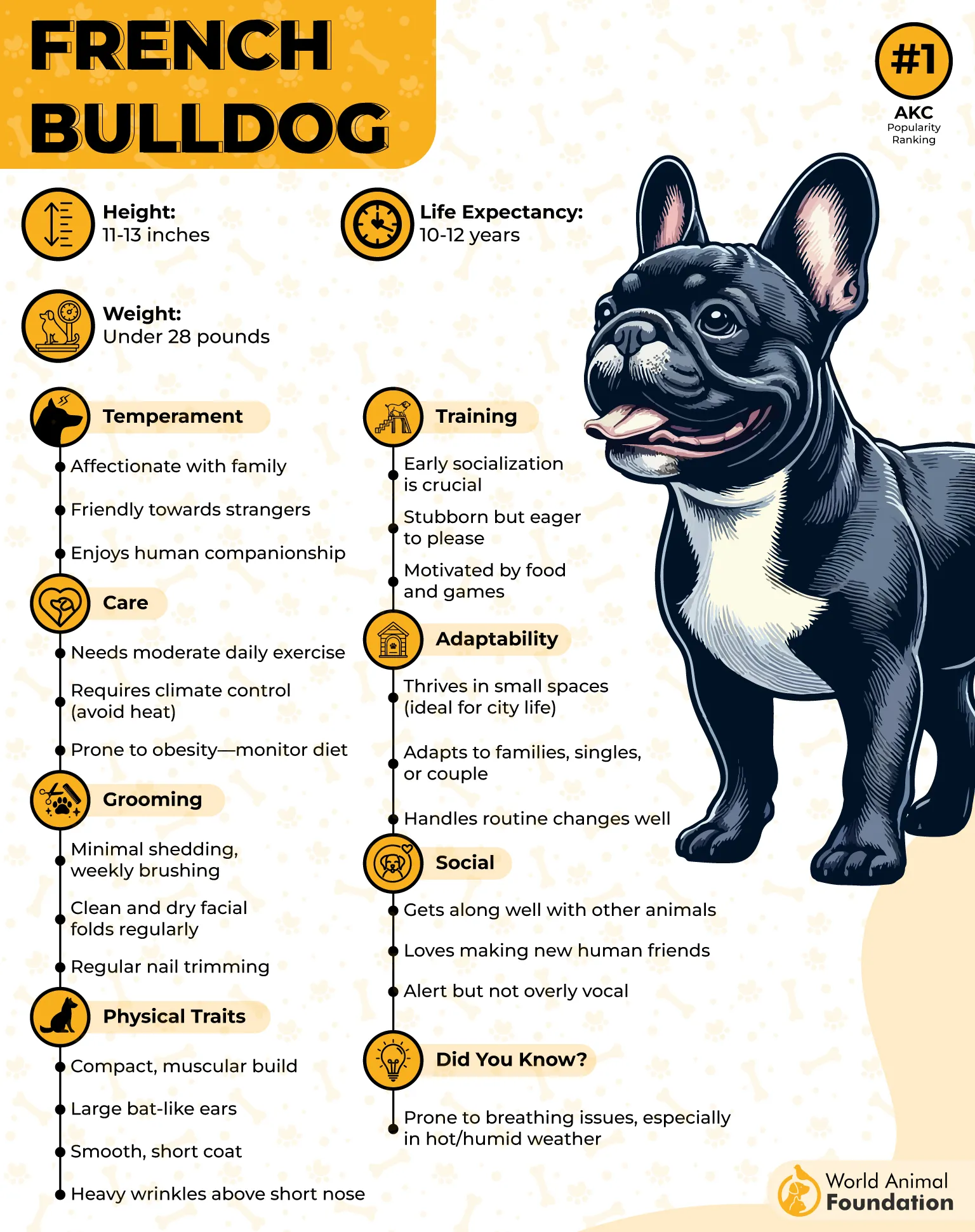
Gets Along Well Without Dominance
Frenchies coexist smoothly with people and other pets without trying to dominate a space, if raised well. Their interaction style is casual, often passive, which keeps them grounded in multi-pet homes. They’re not quick to bark, chase, or react impulsively.
Built for Low-Effort Maintenance
Their short coats, minimal shedding, and compact build require little grooming. Unlike many dog breeds, they don’t need trimming, brushing, or active coat care beyond the basics. This makes them a go-to furry friend for those with limited time or space.
4. Pug
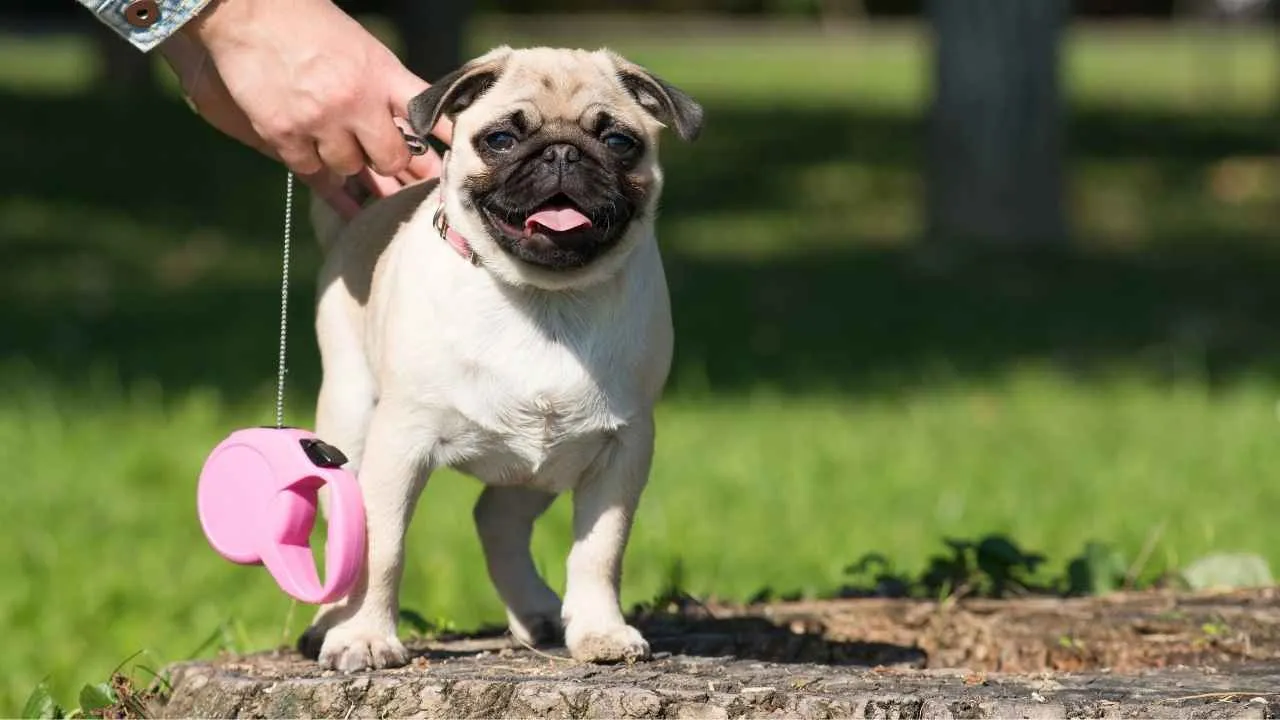
Pugs adapt well to city life due to their low prey drive and minimal territorial instincts. They remain composed in elevators, stairwells, or crowded sidewalks. Traffic noise and urban commotion rarely disturb their temperament, which remains steady throughout the day.
Minimal Need for Constant Movement
These dogs are naturally sedentary indoors and don’t seek out excessive stimulation. Their short bursts of play are followed by long naps, making them ideal for slower-paced routines. Their activity levels suit apartment dwellers with varying daily schedules.
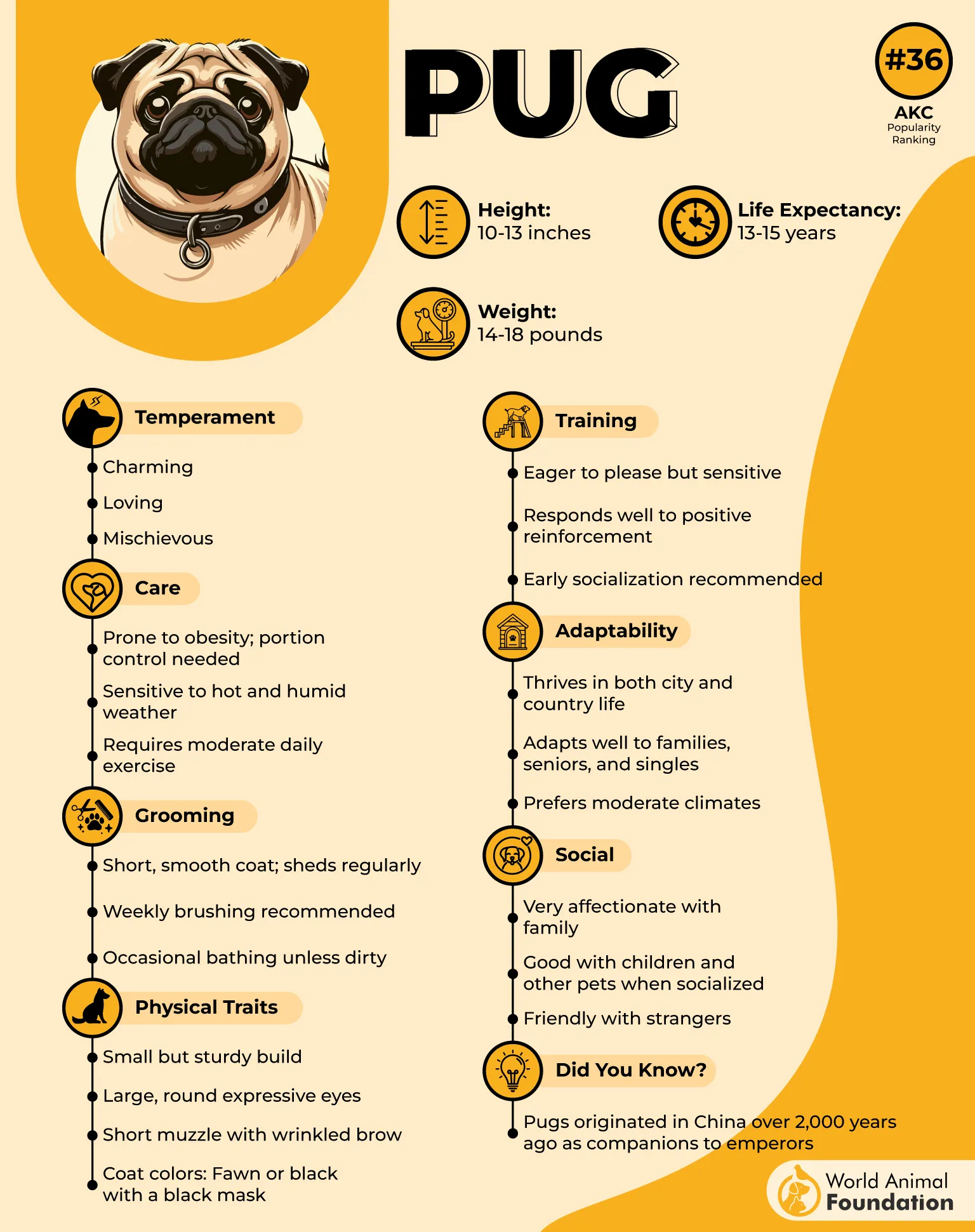
Quiet Yet Emotionally Present
Pugs rarely bark without reason, making them pleasant neighbors in shared buildings. They maintain close proximity without becoming overly reactive to daily disturbances. Their emotional expression relies more on posture and breathing than vocal alerts.
Easy to Live With in Shared Spaces
Their compact size and moderate grooming needs make them practical for any dog-friendly apartment setting. Pugs are known for being calm during grooming, feeding, and even visits to busy waiting rooms. They also rank among the most agreeable lap dogs in small households.
5. Basset Hound
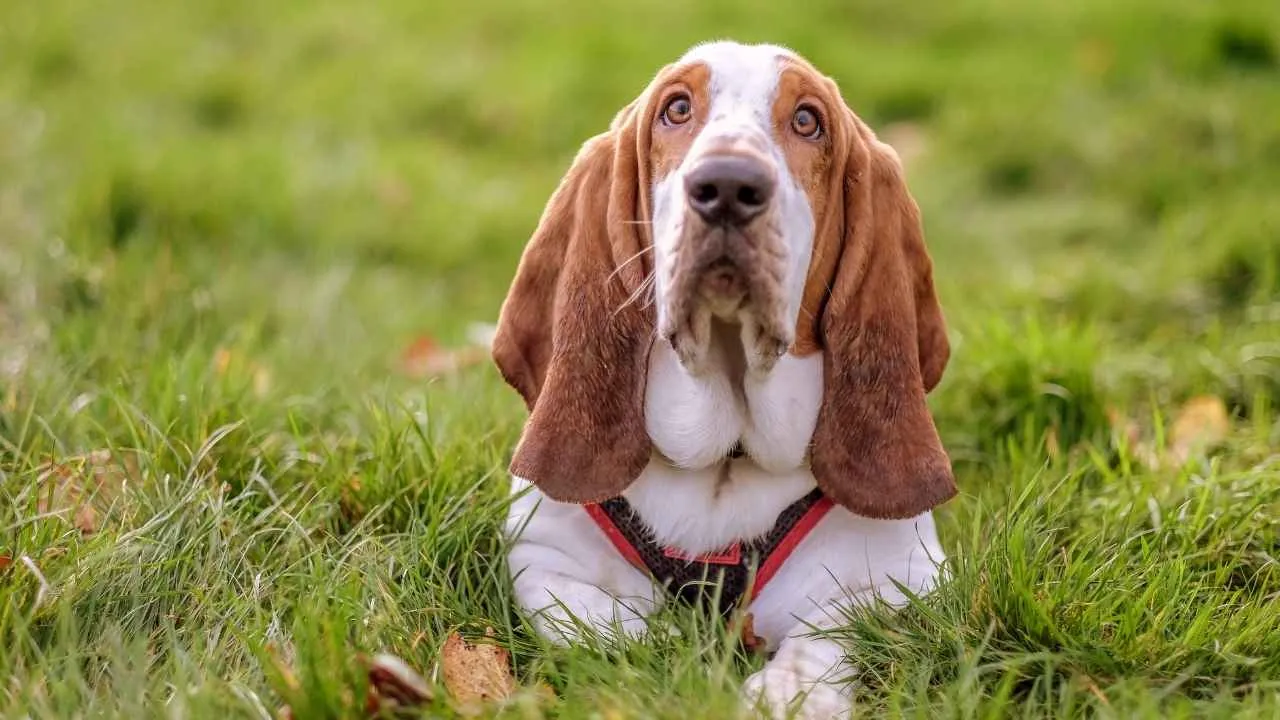
Basset Hounds rarely react to fast movement or loud street-level sounds in urban spaces. Their mellow energy keeps them relaxed indoors, even with outside distractions. Their hearing is sharp, but they don’t act on every noise they detect.
Consistent Pace on Walks
Bassets walk with a slow, steady pace, often stopping to sniff without pulling on the leash. This makes them ideal for crowded sidewalks or short city strolls. Their body build discourages long sprints or sudden darting behavior.
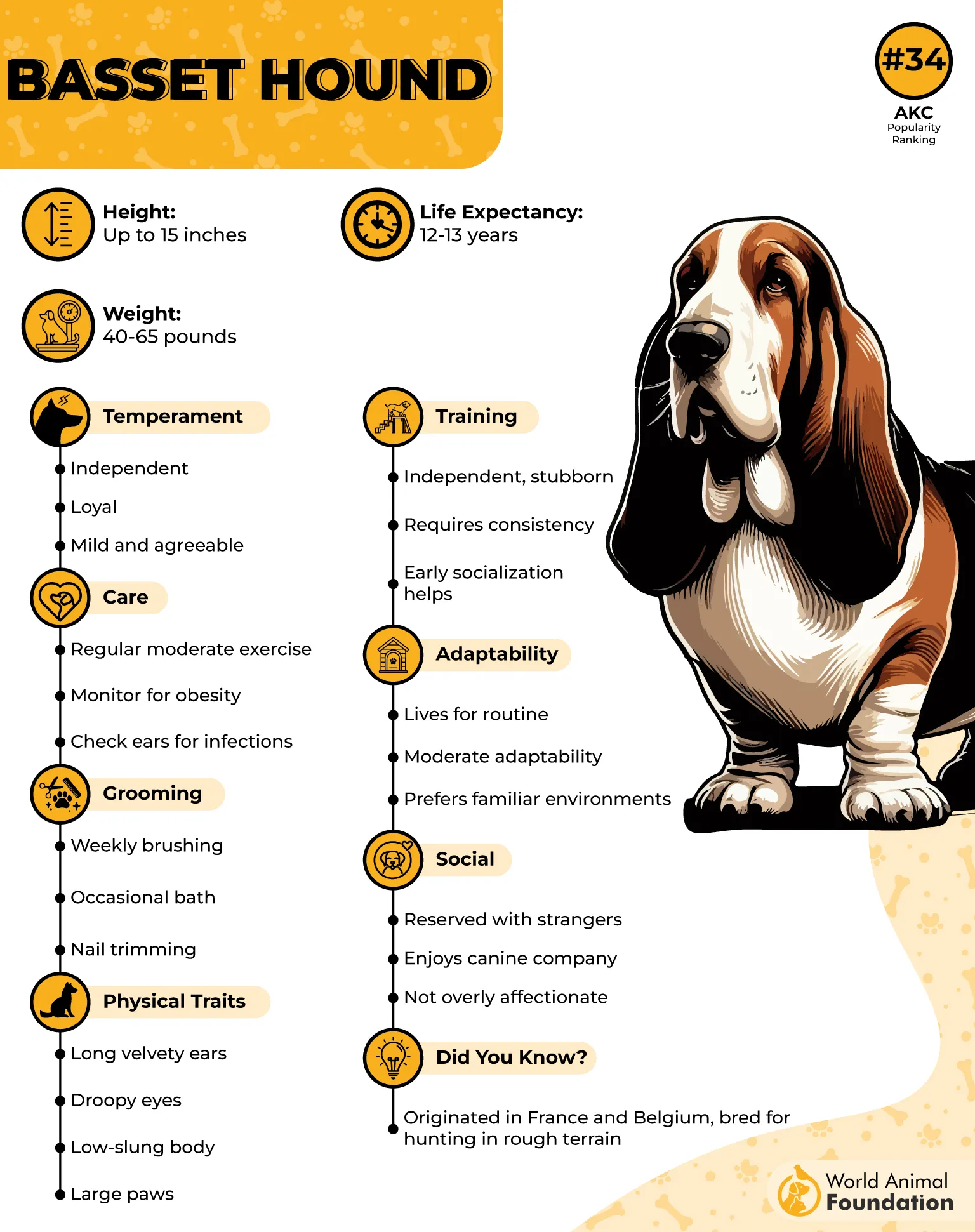
Social But Not Demanding
Their affectionate nature is balanced with a strong sense of independence. They like company but don’t constantly seek attention or become easily overstimulated. These traits help them coexist peacefully with other canines and neighbors.
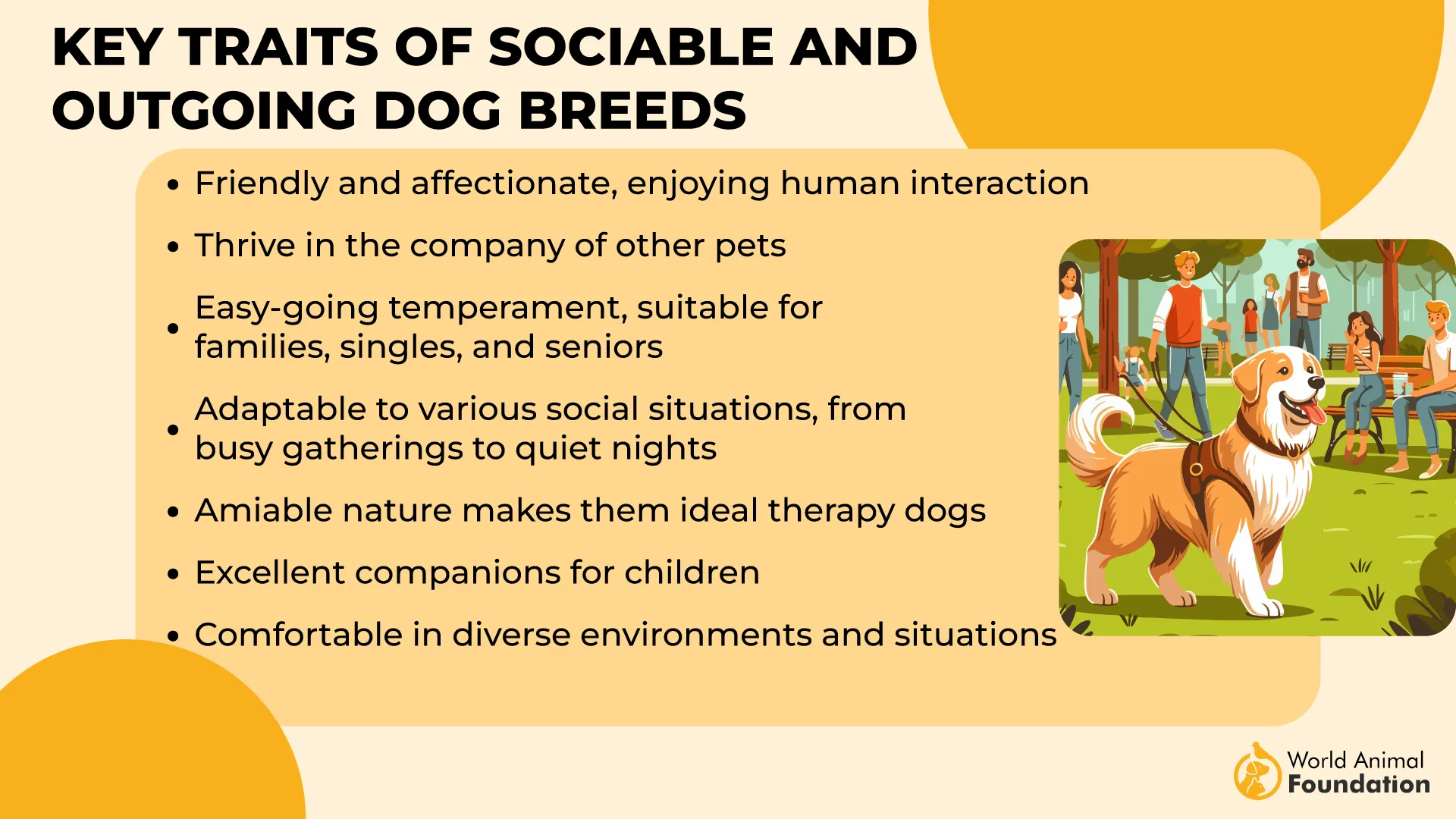
Well-suited to Shared Environments
Because of their quiet demeanor, Basset Hounds adjust well to city living, especially in pet-permitted apartments. They have a natural rhythm that fits with predictable routines. As a canine companion, they’re steady, tolerant, and emotionally even.
6. Shih Tzu
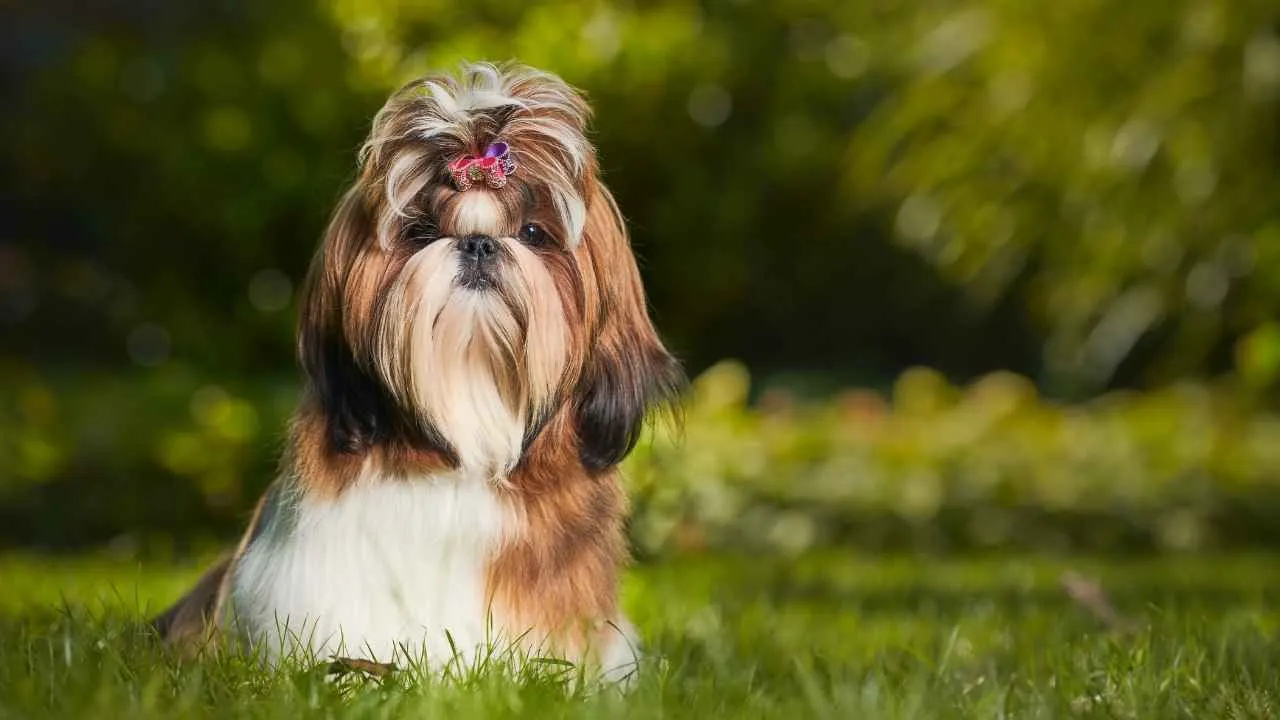
Shih Tzus are known for staying calm even when there’s noise or activity around them. They rarely bark excessively unless something truly startles them. Their relaxed demeanor makes them a quiet presence in shared buildings or apartments.
Small Size, Steady Routine
These dogs are naturally suited for compact city homes and do well in short walks. They follow familiar paths with confidence and stay close without pulling. This makes them an adaptable dog for people with busy urban routines.
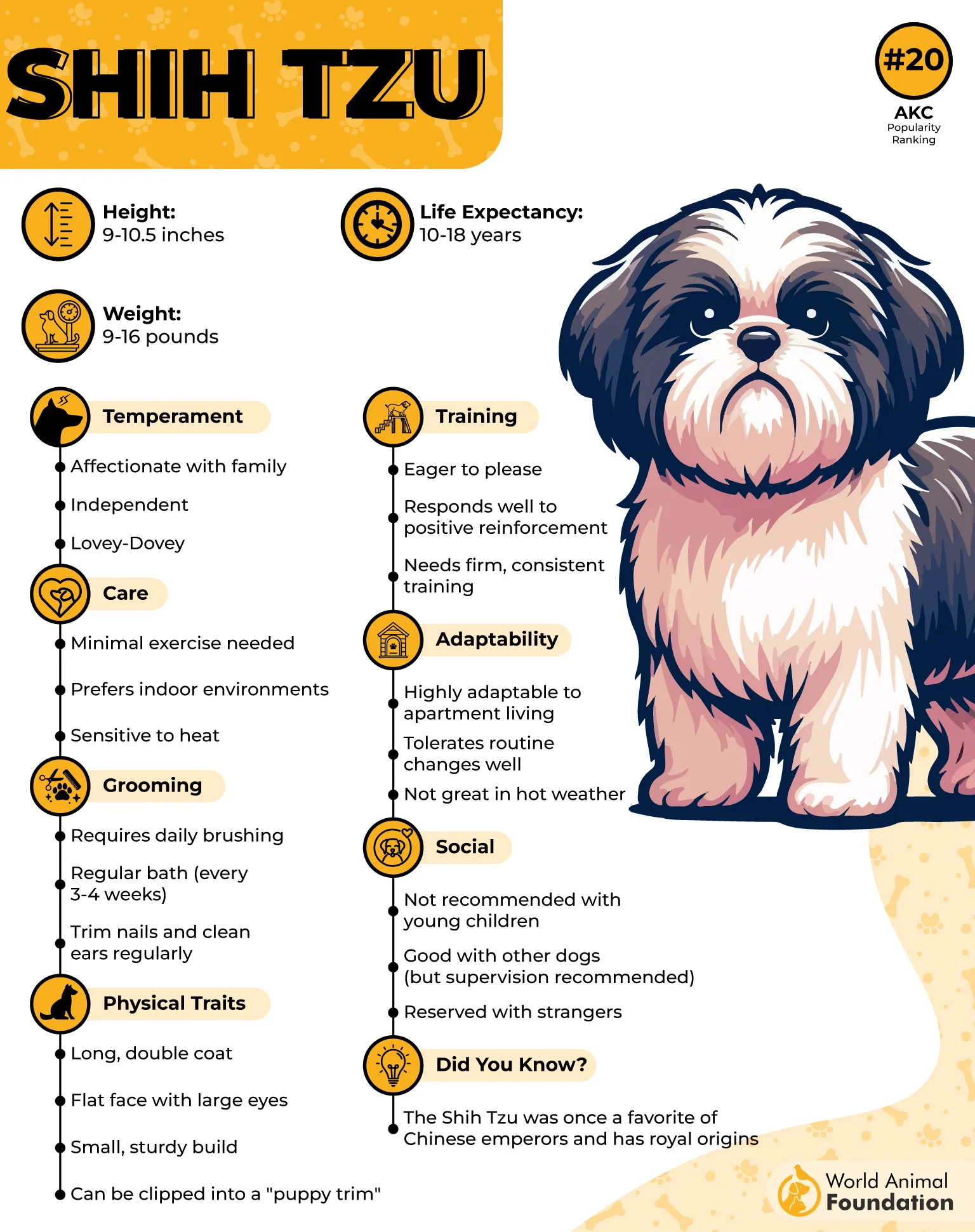
Comfortable with Familiar Sounds
Once settled into a space, Shih Tzus tend to respond gently to regular noises like doorbells or footsteps. These dogs tend to sleep deeply and often nap through background sounds. It’s one of the calmest breed characteristics among toy breeds.
Care Expectations for City Owners
Shih Tzus do require daily brushing due to their long coat and sensitive skin. However, their emotional needs are simple and low-pressure for most pet parents. Their ability to adjust to daily life without stress adds to their urban appeal.
7. Bichon Frise
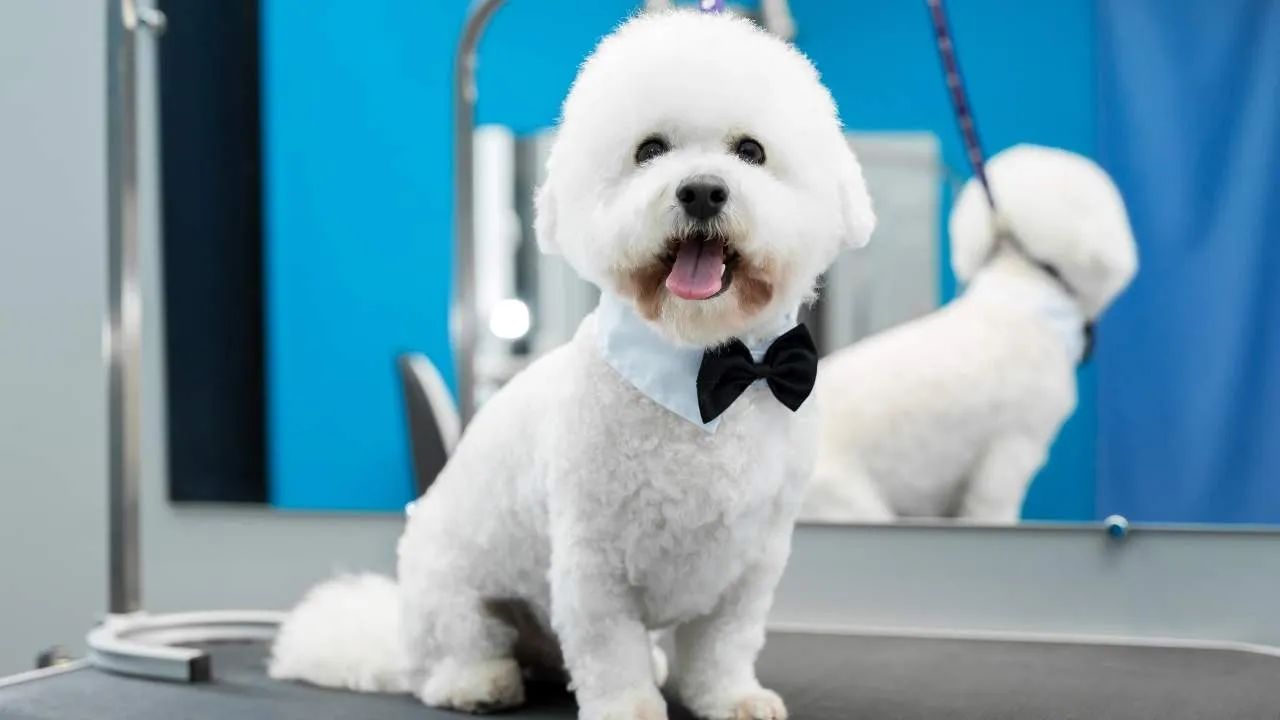
The Bichon Frise tends to remain steady even in crowded sidewalks, noisy elevators, or tight stairwells. They’re observant but don’t react with high energy or fear. Their social nature helps them stay relaxed in public without becoming overstimulated.
Compact Size with Manageable Needs
They adjust well to limited space and often rest quietly indoors between short outings. A structured daily walk keeps them balanced without needing long periods of activity. This routine suits city owners who live in apartments or shared buildings.
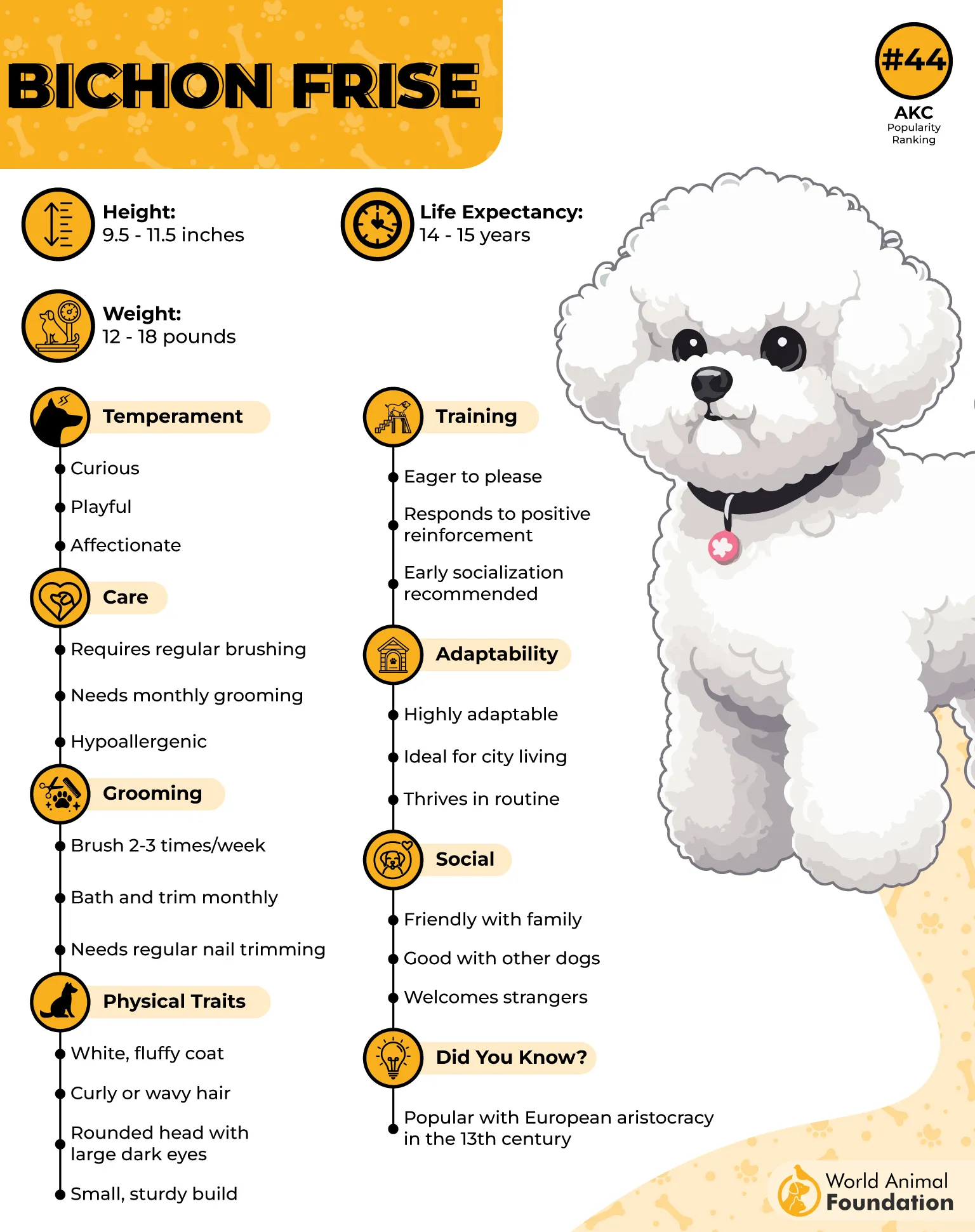
Responsive Without Overreacting
Bichons can be vocal, but they usually react only when prompted by clear cues. Random street noise, people passing, or hallway movement doesn’t trigger excessive barking. Compared to other breeds, their response tends to stay measured and brief.
Easygoing Temperament for City Rhythm
Though their coat care takes effort, their personality stays low-stress and sociable. They were originally bred as companion dogs, making them ideal for routines shaped by apartment life. They fit comfortably into homes that prioritize consistency and calm behavior.
Conclusion
City life can be loud, crowded, and unpredictable—but the best dogs for it are steady, quiet, and confident. They don’t bark at every passing noise or get worked up when other dog owners come by.
These low-reaction breeds are more than just calm—they’re intelligent dogs who know how to navigate chaos without stress. While some dogs need constant mental and physical stimulation, these breeds stay balanced with just enough.
Whether you live fast or slow, these dogs fit either a calm or active lifestyle. Some are playful, some are couch potatoes, but all are grounded. And when you’re looking for a low-maintenance dog that just gets it, these are the best dogs to know.


